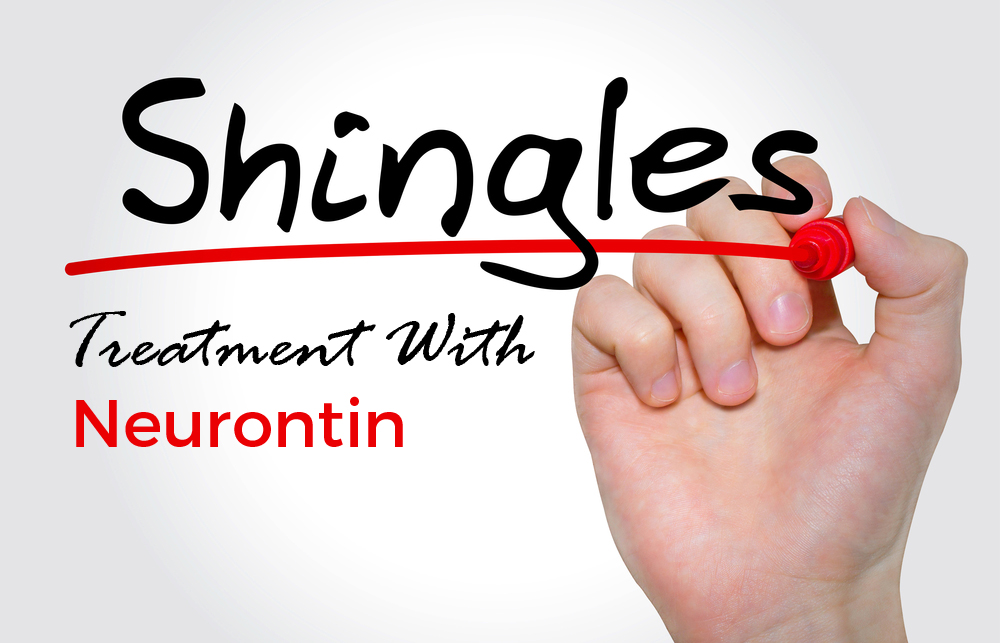Shingles Treatment

How shingles occur
Shingles are an infectious viral disease, which is caused by the virus Varicella Zoster. The virus is also the causative agent of chicken pox. The emergence of shingles is due to the reactivation of a latent virus, which is present in the body after the chickenpox which occurred in childhood. Reactivation of the virus is facilitated by various factors that reduce the immunological reactivity of the organism (old age, hypothermia, malignant tumors, etc.). In the nervous system, the virus affects spinal and cerebral ganglia, in severe cases, the anterior and posterior horns of the spinal cord and the brain. Pathohistologically, inflammatory infiltration develops and hemorrhages with subsequent dystrophy of nerve fibers are observed in these parts of the nervous system.
One of the main clinical symptoms of shingles is a neuropathic pain syndrome. And the pain usually occurs before other manifestations of the disease and can remain for a long time (months and years) after healing of rashes on the skin and mucous membranes (postherpetic neuralgia). Thus, the treatment of pain syndrome is an important clinical task the success of treatment of which determines the quality of the patient’s life.
As is known, the following groups of pharmaceutical preparations are used to treat neuropathic pains:
- anticonvulsants;
- antidepressants;
- local anesthetics;
- narcotic analgesics.
How to treat shingles
- To confirm the diagnosis, it is sufficient that the patient has recently had shingles (herpes zoster). Based on this disease, the attending physician quickly diagnoses and prescribes treatment.
- The treatment of neuralgia after herpes zoster depends largely on the intensity of pain and its duration, as well as on the presence of additional neurological symptoms.
- The basis of therapy is an antiviral treatment with special medications. Only the attending physician selects the name of the medicine, dosage, and duration of the course since self-medication can harm the patient’s health. A feature of this neuralgia is the low effectiveness of pain medication. The pain arises from the destruction of the nerve sheath, so it will be until the nerve fiber is restored. Antiviral drugs are prescribed for one purpose – to prevent the further spread of the virus and the destruction of the myelin sheath.
- Neurontin (gabapentin) is better tolerated and it is much more effective. Gabapentin is the first choice drug for the treatment of any type of neuropathic pain, it is one of the most well-studied and widely used drugs for the relief of pain syndrome in postherpetic neuralgia. Gabapentin is more commonly used at the onset of PHN development to reduce the acute component of neuropathic pain.
Gabapentin dosage scheme
- Initial dose: 1st day – 300 mg in the evening; 2nd day – 300 mg 2 times (afternoon and evening); 3d day – 300 mg 3 times.
- Titration: 4-6th day – 300/300/600 mg; 7-10th day – 300/600/600 mg; 11-14th day – 600/600/600 mg.
- A daily therapeutic dose is 1800-3600 mg, a maintaining dose is 600-1200 mg / day.